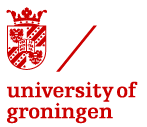4-4-2023
Presentation Sundar
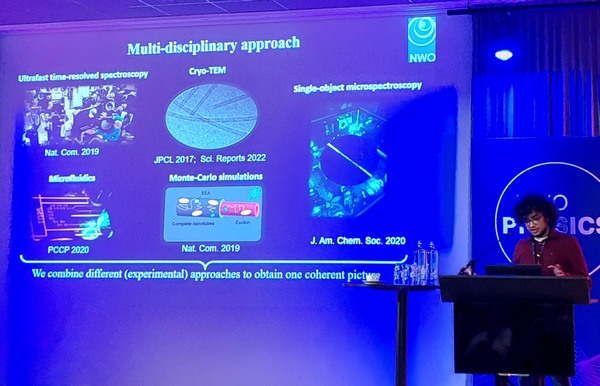
Sundar gave an oral presentation titled "Watching Molecular Nanotubes Grow in Real Time" at NWO Physics, 2023 held at Veldhoven.
1-11-2022
PhD defence Benedito Raul
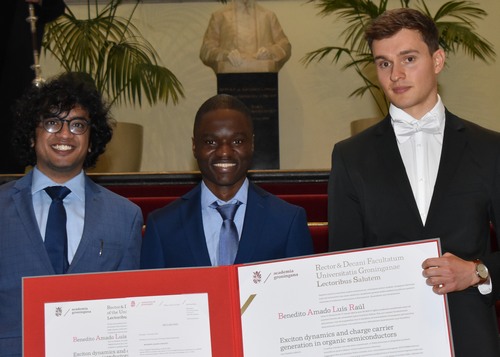
Benedito Raul successfully defended his PhD thesis, entitled "Exciton Dynamics and Charge Carrier Generation in Organic Semiconductors"
Congratulatons !!
4-11-2022
Recent highlights of our research
A Nature research highlight, titled "Versatile molecular motor pulls off two feats instead of the usual one", can be found here
Our University posted a nice "Science Lynx News" article (for a broad public) on fluorescing rotary motors, which were made in the Feringa Laboratory.
Spectroscopic analysis of these fluorescing rotary motors was done in the OCMP group of Prof. Phenitchnikov.
You can find the "Science Lynx News" article here
7-7-2022
Teacher of the year

Prof. Dr Maxim Pchenitchnikov was awarded the Teacher of the Year 2022 award in the NanoScience Top-master programme.
30-6-2022
PhD defence Nong Hoang
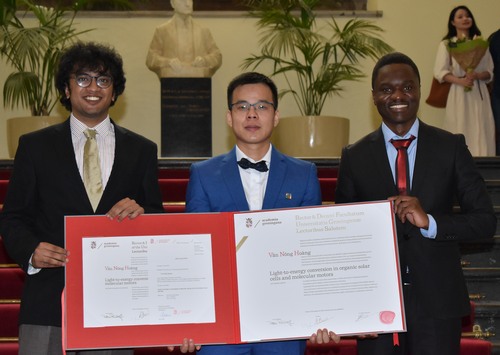
Nong Hoang successfully defended his PhD thesis, entitled "Light-to-Energy Conversion in Organic Solar Cells and Molecular Motors".
Congratulations Nong !!!
7-1-2022
Cryogenic TEM imaging of artificial light harvesting complexes outside equilibrium
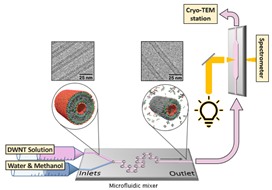
The energy transport in natural light-harvesting complexes can be realized in lab conditions via self-assembled supramolecular structures. One such structure arises from the amphiphilic C8S3 dye molecules, which self-assembles in an aqueous medium to a double walled cylindrical nanotube (DWNT), reminiscent of natural light-harvesting complexes found in green sulfur bacteria. In this work, we utilized a powerful platform of optical spectroscopy, cryo-TEM, and molecular modelling to image, and study only the inner NT of C8S3 DWNT system by selectively dissolving (flash-diluting) the outer NT in a microfluidic setting. The research revealed that the size as well as the molecular structure of the inner NT remains unchanged after the flash-dilution process. These results opens up exciting possibilities to functionalize the inner NT (e.g. with quantum dots) before outer NT reformation, thereby facilitating research towards intra-architecture of other self-assembled nanostructures. This work was published in Scientific Reports 12, 5552 (2022) .
Page 4 of 8

